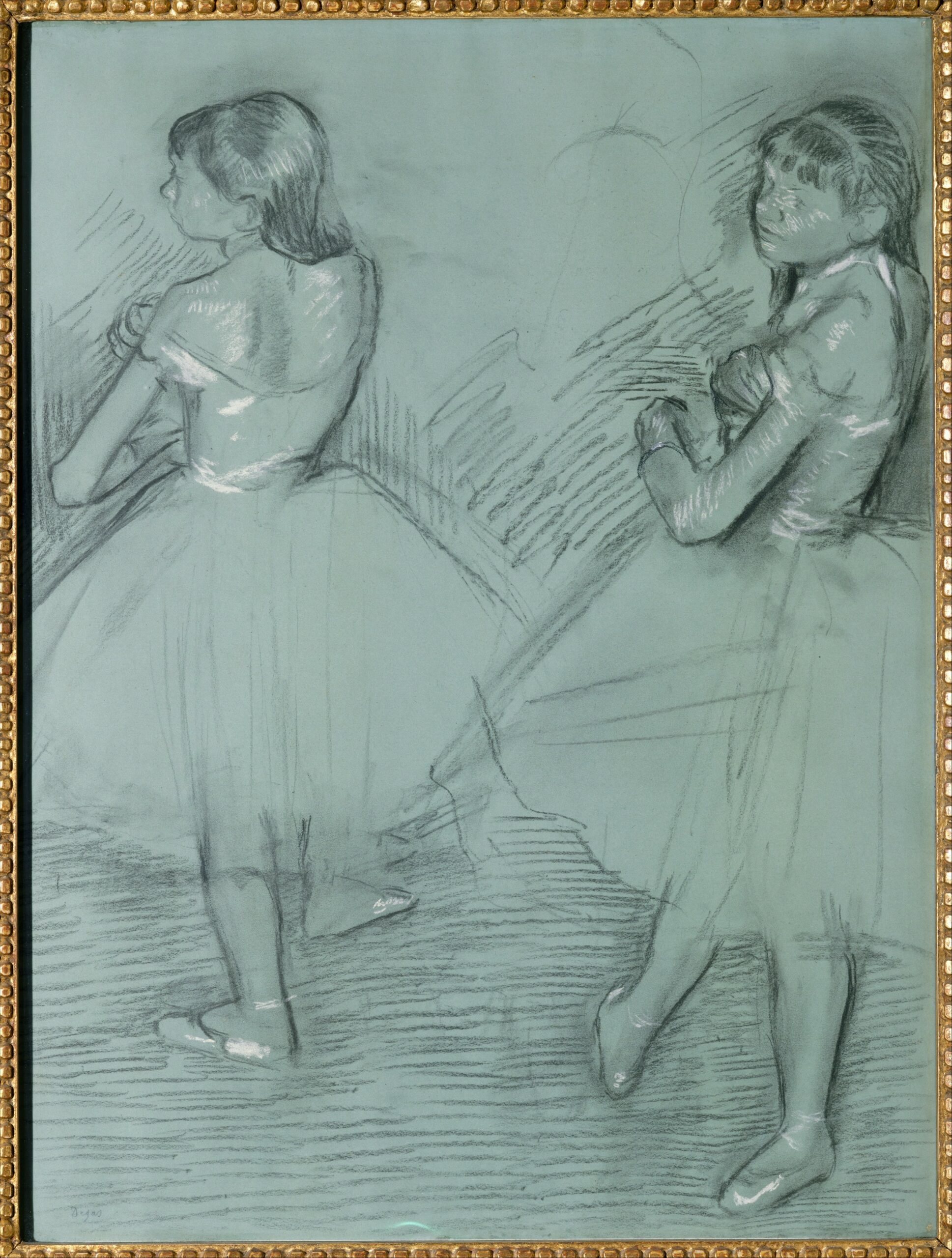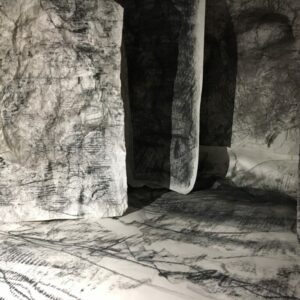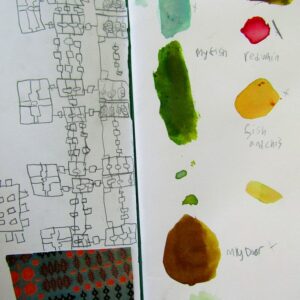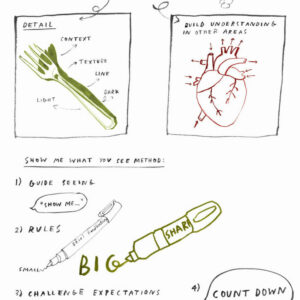Talking Points: Charcoal Drawings by Degas
How can charcoal be used to create a sense of movement?
Degas was a French Impressionist artist of the nineteenth century, celebrated for his ability to capture movement with expressive line work. Ballet dancers were his favourite subject, and he often turned to charcoal as the ideal medium for conveying their dynamic poses and graceful motion.
Explore his charcoal drawings using the sources below, then discuss the questions provided.
Please Note:
This page includes links and videos from external sites, verified at publication but subject to change.
Teachers should review all content for classroom suitability.
Report any issues, and check school firewall settings if videos don’t play.





Charcoal Drawings by Edgar Degas
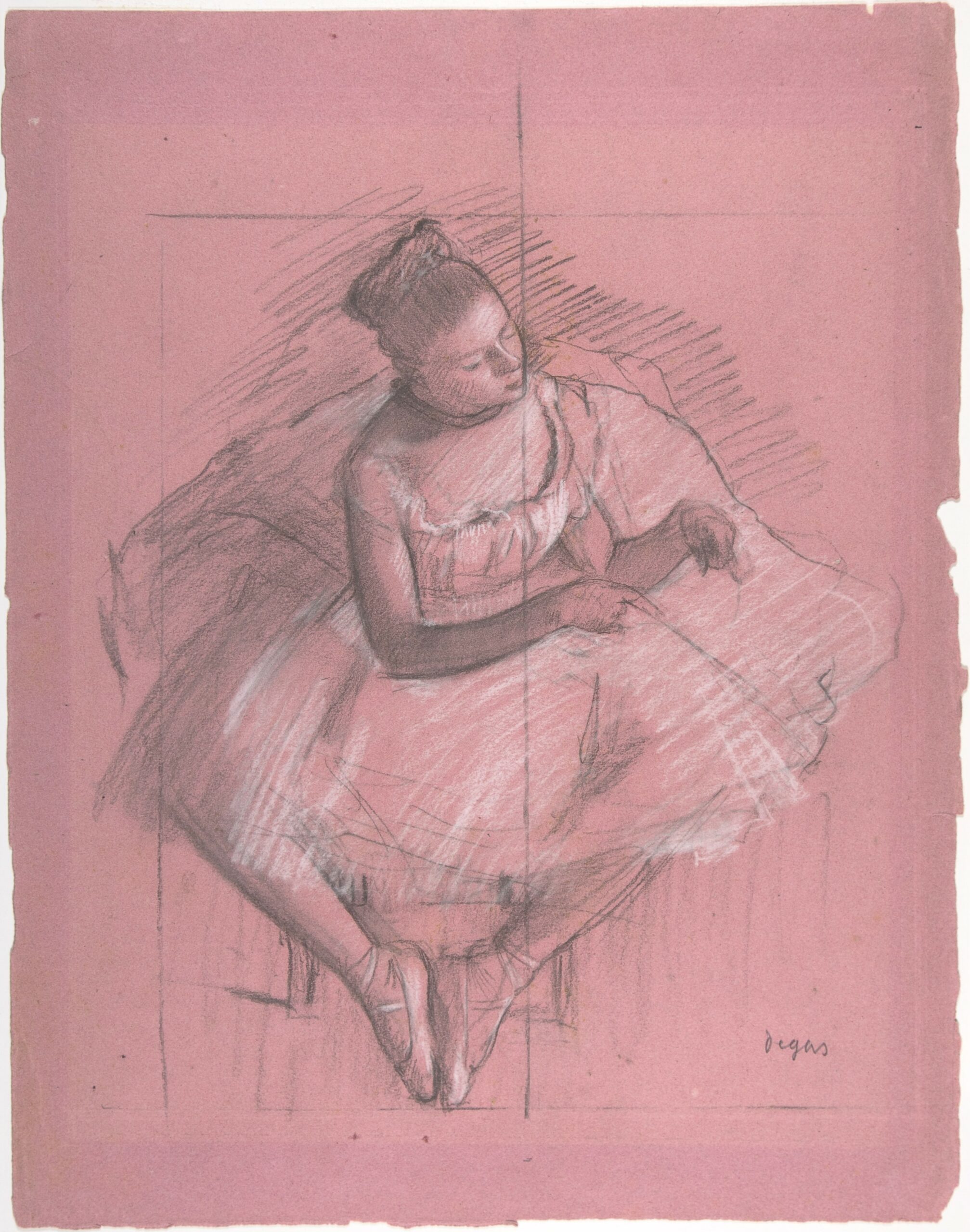
Seated Dancer, 1873–74
Edgar Degas. Charcoal, Graphite and Chalk on Pink Paper
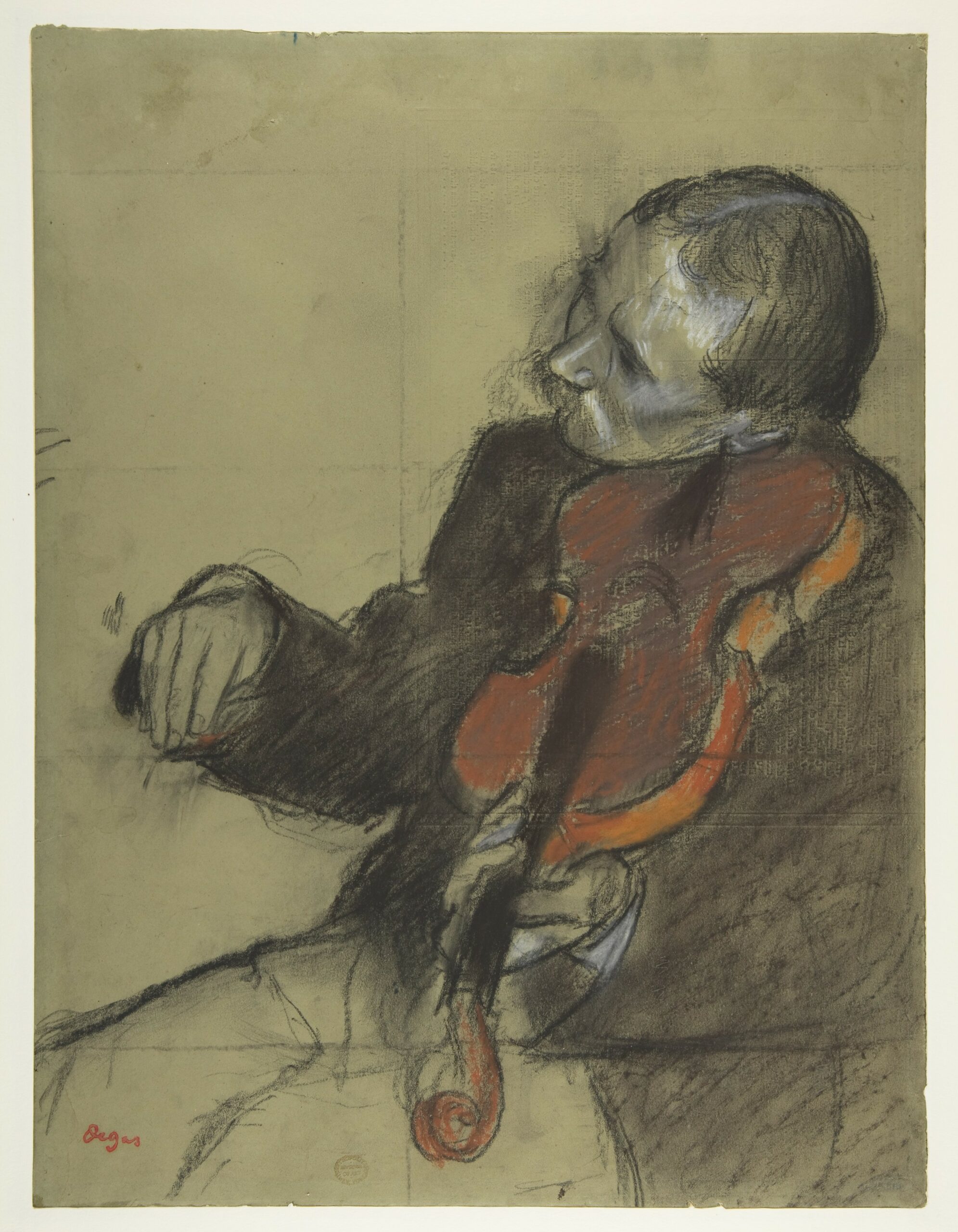
Violinist, Study for “The Dance Lesson” ca. 1878–79
Edgar Degas. Charcoal and Graphite on Green Paper
